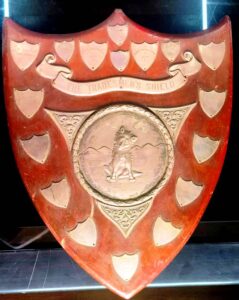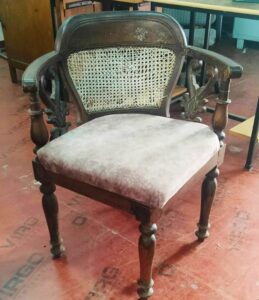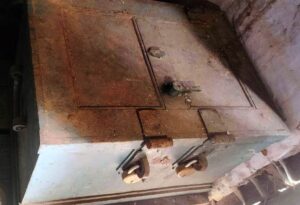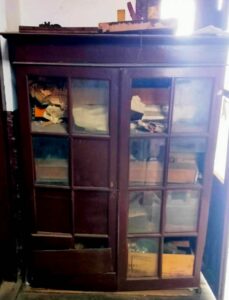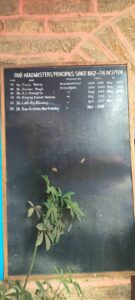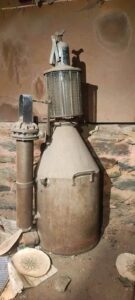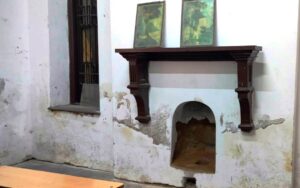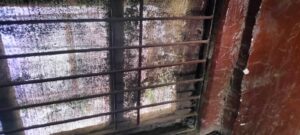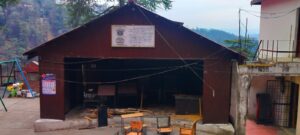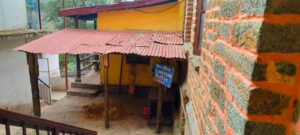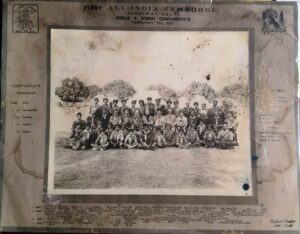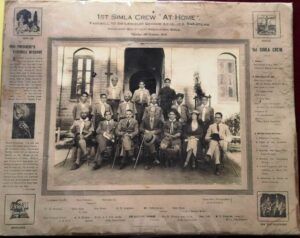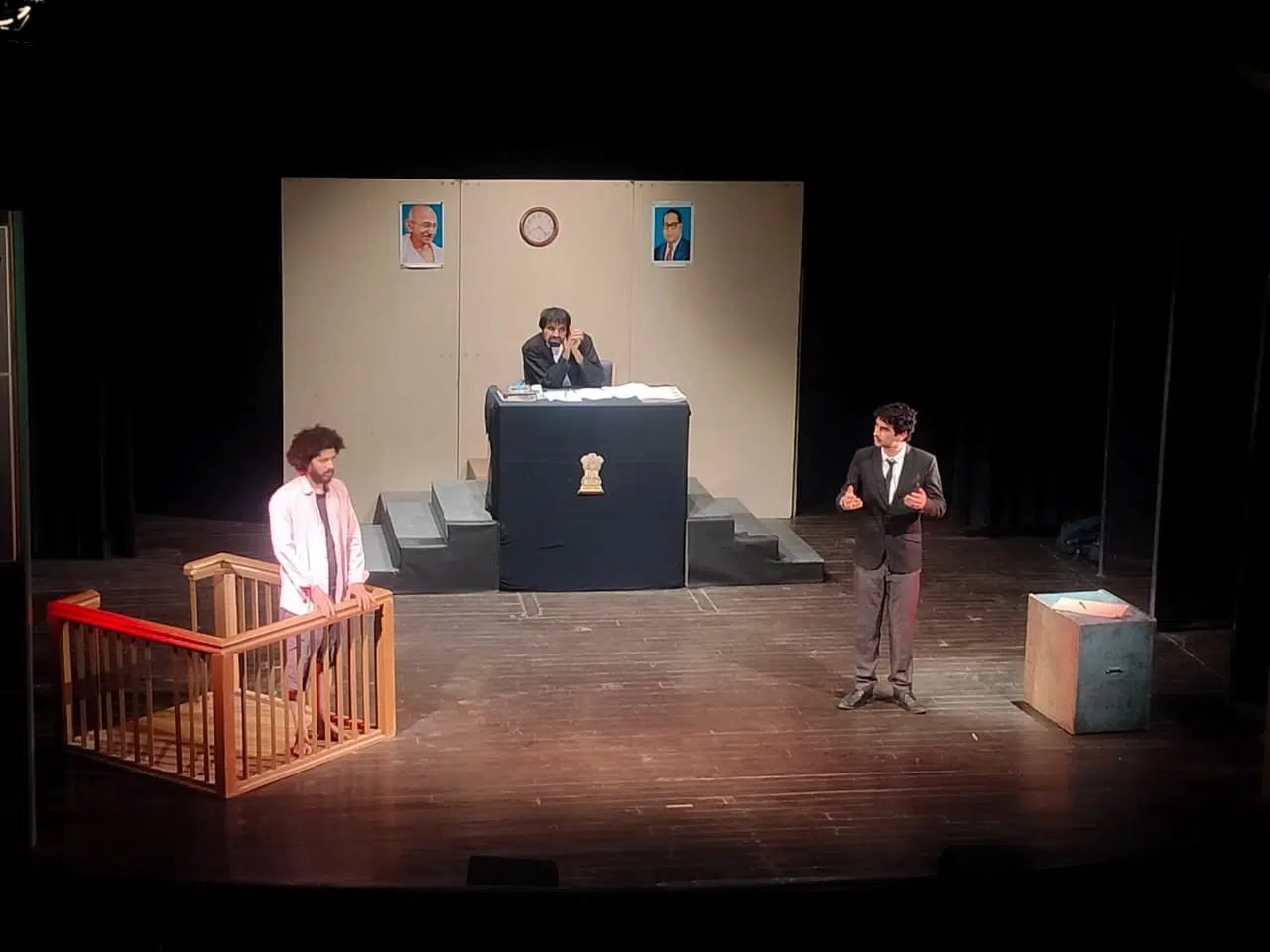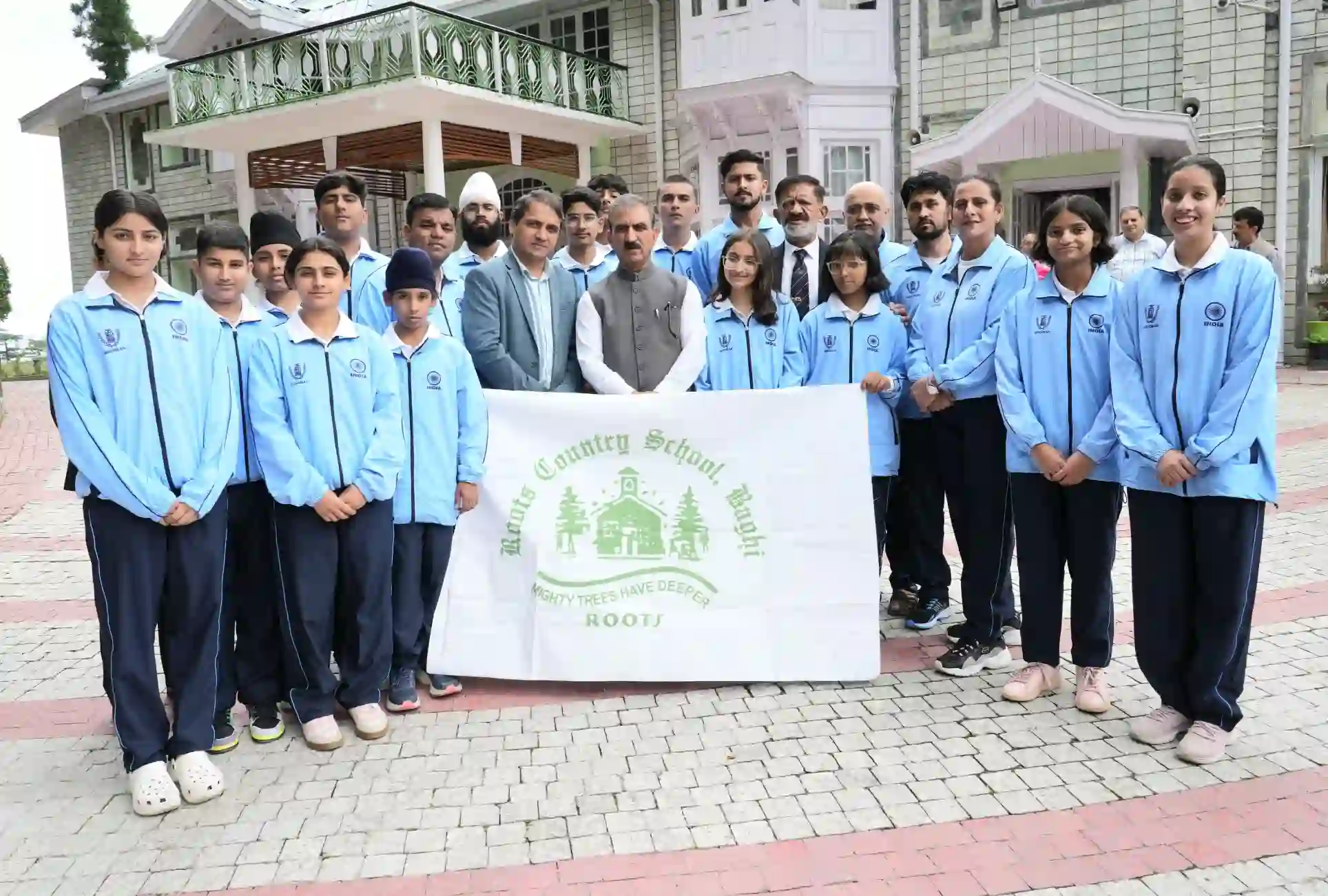Historic School’s Struggle Against Fading Legacy & Dwindling Standards
5 min read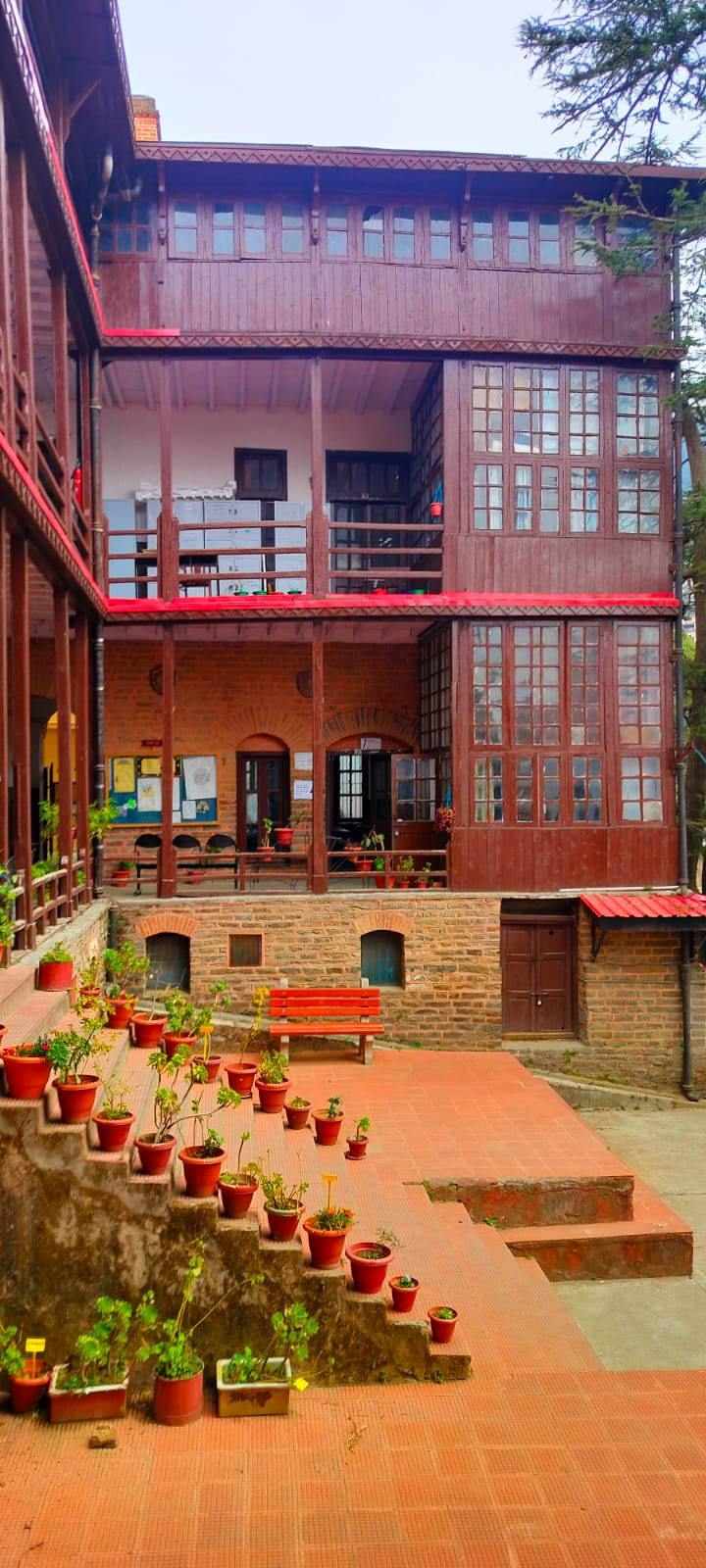
Shimla, March 26 Ritanjali Hastir
Someone rightly said, “As we tried to reach education to the lowest common denominator, we constantly lowered standards so that the weakest could catch up. As a result, the average intellectual capacity of our nation today is determined not by our brightest, but our dumbest.” The statement holds good, especially in the context of “Govt. Lalpani School” as despite earnest efforts by the School Principal, student numbers are dwindling. Views of current School Principal Pawan.
Nestled in the heart of our City, stands a school with a storied past, boasting an alumni roster that includes luminaries such as former Supreme Court Judge Justice D.P. Wadhwa and significant historical figures like Zia-ul-Haq. Before the partition, Zia, a man who would later shape the destiny of a nation, walked the halls of this institution. However, even amidst its prestigious alumni, the school faces struggles and challenges.
In a peculiar anecdote from the annals of its history, Zia-ul-Haq, then a student in Class 10 B, found himself on the wrong side of discipline. On April 3, 1939, he was fined for bunking school, revealing a glimpse into the adolescent years of a future leader. His enrollment details, captured meticulously in the school’s attendance register, paint a vivid picture of a time when the institution teemed with students eager to learn. Despite a brief flirtation with departure, evidenced by his request for a school leaving certificate on October 2, 1939, Zia was soon reinstated, assigned a new admission number (2,605) and roll number (36) on October 4. This episode, though seemingly trivial, serves as a reminder of the diverse paths that lead individuals to greatness, even from within the halls of a humble school.

The school, established in 1848, stands as a testament to a bygone era, where the echoes of the Raj days still linger within its walls. Once revered as one of the premier educational institutions in the City, it basked in the glory of academic excellence and sporting prowess. The heritage it holds, exemplified by artifacts like The Tradesmen’s Shield adorned with a silver sigil of a wolf, symbolizes an era of healthy competition and achievement dating back to 1927 14th Milington Pack.
The old photographs could have told stories of illustrious events from the past, like images of the 1st Simla Crew “At Home” farewell to Sir Lancelot Graham K.C.I.E.I.C.S. Bar At-Law, dated Oct 08, 1935, and the First All India Jamboree in Kingsway – Delhi Simla, dated Feb 1937 are poignant reminders of the school’s rich history if only they were preserved and mounted on a wall rather than stacked on cupboard top to gather dust or to say “Dust Thou Art to Dust Thou Shall Return”. Among these relics of the past lies a photograph of Zia-ul-Haq, an alumnus whose journey transcended political boundaries, reflecting a time when the school existed beyond the realms of ideology, along with photos of great martyrs like Bharat, Raghubeer Singh, Lieutenant Colonel Tarapure who destroyed 60 enemy tanks on Sept. 16, 1965, in a room that is not a regular site for any student.
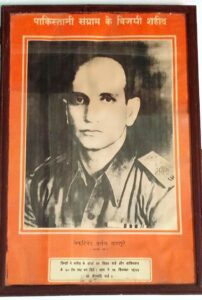
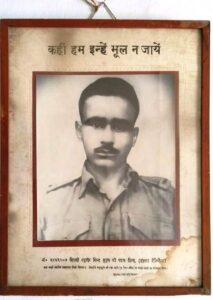

However, the two old chairs from the Raj era, now serving in the staffroom after modifications, continue to serve.

In storage, forgotten relics of a bygone era gather dust—water heaters, safes, and heater-cum-glow lamps—testaments to a forgotten past. Yet, amidst this neglect, there stands one resilient survivor—the Bell made of Ashtadhatu, still proudly hanging on the second floor, undeterred by the passage of time.
The contrast between the neglected state of the historic school and the well-maintained heritage school is stark and concerning. While the beautiful facade of the building stands tall, a closer look reveals a sad state of affairs characterized by neglect and decay. Dusty staircases, broken cupboards, and a neglected fireplace paint a picture of an institution forgotten by time. This neglect speaks volumes about the lack of value placed on its historic significance by the government, which has allowed such a prominent place to fall into disrepair.
Only a fraction of the initial enrolled number of students, once approximately 2000 plus, remains in the school (now less than 200), across grades six to ten.
In contrast, private heritage schools take pride in their history and actively preserve their legacy. They meticulously maintain their infrastructure, ensuring that every aspect of the school reflects its prestigious past. This attention to detail not only fosters a sense of pride among students and alumni but also attracts new generations’ eager to be part of a legacy that shaped history.
The decline in admissions at this historic school is a direct consequence of neglect. Despite efforts such as offering free midday meals and other perks, the school struggles to compete with heritage schools that command hefty donations from parents eager to secure a place for their children in institutions with a prestigious reputation. The lack of vision and commitment from the Education Department only exacerbates the situation, leading to a downward spiral that threatens the school’s very existence.
If current trends persist, it is not surprising to foresee the eventual closure of the historic school. Policymakers, who have failed to recognize the importance of preserving such institutions, must bear a significant portion of the blame. By neglecting the school’s history and failing to invest in its upkeep, they have effectively nailed the coffin shut, sealing its fate as a relic of the past. This critical comparison highlights the dire consequences of neglecting it educational heritage. It raises questions about the priorities of the policymakers and challenges the notion that progress can be achieved at the expense of preserving history. As a famous quote aptly points out, by constantly lowering standards to accommodate the weakest, we risk compromising the intellectual capacity of our nation as a whole. Education should not be reduced to a low-profile job; it should be seen as a means of preserving and enriching our collective heritage for future generations.
As the school grapples with its fading legacy and dwindling student interest, it stands at a crossroads. Will it continue to be a mere relic of the past, or will it rise again to reclaim its former glory? Only time will tell!
